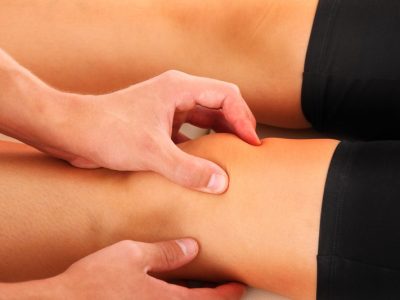
Helping youths reach goals despite chronic pain uplift their morale. When we speak about chronic pain, most of the time people conjure up images of adults who are suffering. Millions of adults around the nation do suffer from chronic pain, but there is another segment of the population who suffers, and it can hold them back from reaching their goals. They find it difficult continuing with their normal activities including reaching their goal of graduating from high school.
So, helping youths reach goals despite chronic pain should be address carefully.
Researchers have been delving into the topic of helping youth be able to reach their goals, despite their chronic pain. According to the American Pain Society, chronic pain is a significant problem in the paediatric population, with estimates of around 20 to 35 percent of the youth around the world experiencing it. They report that the most common forms of chronic pain children and adolescents have include headaches, abdominal pain, and musculoskeletal pain (1).
In the November 2016 issue of the journal Children, researchers offered recommendations in regard to helping youths reach goals despite the chronic pain. They report that chronic pain can disrupt youth’s activities and lead to poor emotional and physical functioning. While research and clinical practice has largely focused on the fear avoidance model of pain,
they introduce a concept that includes children’s activity engagement versus avoidance, using the framework of goal pursuit (2). In aid for helping Youths reach goals despite chronic pain.
Their proposed model Goal Pursuit in Paediatric Chronic Pain focuses on a child’s pain experiences. Both child and parent factors modified it. Child factors include their motivation, energy, anxiety, fear, and self-efficacy, while the parent factors include their pain expectations, protective behaviour and their level of anxiety. They reported that parents can be a source of support and motivation when their child is striving to reach a goal. Their influence is critical when it comes to a child’s goal pursuit. Further, parents who have higher anxiety and protective behaviour lessen their expectations of their child.
Additional new research on the topic was issued in the same journal. Researchers created a course called “Chronic Pain 35,” wherein students earned high school credit for participating. The students demonstrated their knowledge of chronic pain, completed a project, learned coping skills, and how to advocate for themselves in a school environment, as well as to help improve their teachers’ and parents’ understanding of adolescent chronic pain (3). The researchers hope that this type of program will be used as a model for others.
When youth experience chronic pain, it can have a major impact on their goal pursuits. However, parents and educators play an effective role in helping youths reach goals despite chronic pain. Recent research demonstrates that parents and schools can play an important role in this endeavour.
Sources:
- American Pain Society. Assessment and Management of Children with Chronic Pain. http://americanpainsociety.org/uploads/get-involved/pediatric-chronic-pain-statement.pdf
- Goal Pursuit in Youth with Chronic Pain. http://www.mdpi.com/2227-9067/3/4/36/htm
- Goal Pursuit in Youth with Chronic Pain. http://www.mdpi.com/2227-9067/3/4/36/htm







